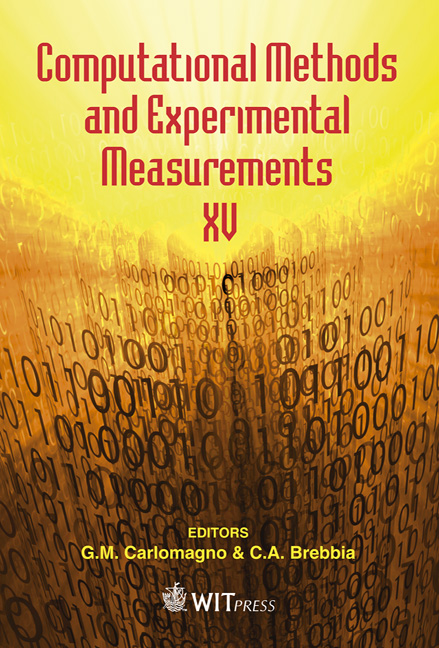Experimental And Analytical Study On High-speed Fracture Phenomena And Mechanism Of Glass
Price
Free (open access)
Transaction
Volume
51
Pages
8
Page Range
15 - 22
Published
2011
Size
3,090 kb
Paper DOI
10.2495/CMEM110021
Copyright
WIT Press
Author(s)
H. Sakamoto, S. Kawabe, Y. Ohbuchi & S. Itoh
Abstract
The new high-speed crushing technique of glass bottles was proposed for recycling. The proposed system uses the underwater shock-wave by explosive energy. This method is excellent compared with the conventional mechanical method in the crushing time, crushing efficiency, collection ratio of glass \“cullet” and using simple crushing apparatus etc. In this study, using commercial beer bottle, the behaviors of underwater shock-wave by explosive energy and the high-speed fracture phenomena of glass bottle were clarified by the experiment and analytical method. Keywords: glass-cullet, underwater shockwave, explosive enemy, high-speed fracture,recycle. 1 Introduction Glass bottles are widely used as containers of drinks, food and medicine due to their characteristics for sealing up, transparency and storage stability. Many of these glass bottles after use are reused as returnable bottles or recycled as the raw material of glass container which is called \“cullet’ that are crushed to small fragments [1, 2]. The authors paid attention to this raw material recycling process of generating \“cullet”. In the conventional cullet generation method, a mechanical crushing one is used [3]. In order to recycle them by using this method, these bottles need to be washed inside before melting. As the bottles’ shapes vary greatly, this washing of the bottles’ inside takes a lot of time and it is
Keywords
glass-cullet, underwater shockwave, explosive enemy, high-speed fracture,recycle





